Emotion research: the key to customer behavior
If you want to understand and predict the future behavior of your customers or prospects, you need to recognize emotions. Nobel laureate Daniel Kahneman provided evidence that the emotional experience we retain from an experience with a brand, service, or product largely determines our future behavior. Emotions form memories, and the stronger the emotion, the deeper that memory becomes ingrained in our brain. Positive emotional memories create emotional connection or loyalty, negative emotions can lead you to completely avoid a particular brand or product. In short: recognizing emotions is the key to understanding and guiding your customers' behavior.

What 8 basic emotions do we distinguish?
Forum Research works with Plutchik's emotion model, which distinguishes 8 basic emotions. The list of emotions and emotions consists of anger, fear, sadness, disgust, surprise, anticipation, trust, and joy. Thereby, we distinguish different intensities in each of these 8 basic emotions. For example, the intense form of joy is ecstasy and the reduced form is serenity.
Emotion recognition adds much value compared to sentiment analysis. Whereas sentiment analysis merely distinguishes between positive and negative, emotion recognition goes further. For example, sadness and anger are both negative emotions but require a completely different response to a customer expressing either of these emotions.


Measuring emotions: how does emotion research work?
Forum Research specializes in emotion measurement. How does emotion research work? To measure emotions, we apply neuroresearch techniques. Our techniques give us access to the intuitive subconscious brain, where our emotions are formed. The basis of our neuro research techniques originates from psychology: using an online associative method, we retrieve memories of a brand, product, or service stored in our memory. We then apply text analysis to identify the dominant emotion and the aspects that determine the formation of that emotion. We call this implicit customer experience measurement.
Want to know more? Just contact us and we'll be happy to show you how it works and take you through some customer cases.


